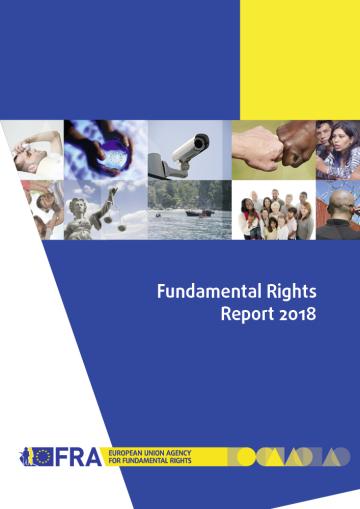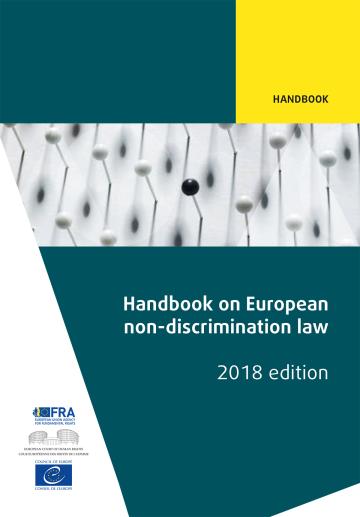
Unmasking bias motives in crimes: selected cases of the European Court of Human Rights
to hate crime, providing an update on the most recent rulings. Approaching hate crime
from a fundamental rights perspective, it shows how Member State authorities’ duty to
effectively investigate the bias motivation of crimes flows from key human rights
instruments, such as the European Convention on Human Rights.
All EU Member States are party to the ECHR and therefore bound by it. In addition, as noted in the Handbook on European non-discrimination law, there are close connections between EU law and the ECHR. According to Article 52(3) of the Charter of Fundamental Rights of the European Union, the meaning and scope of the rights protected by the Charter, such as Article 21 on the right to non-discrimination, are to be interpreted in the same way as the corresponding right enshrined in the ECHR. Therefore, the case law of the European Court of Human Rights (ECtHR) is highly relevant for Member States also when interpreting and applying EU law related to hate crime, such as the Framework Decision on Racism and Xenophobia and the Victims’ Rights Directive.
Other language versions available:




